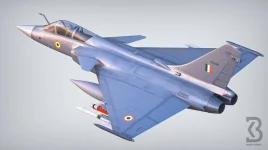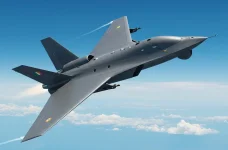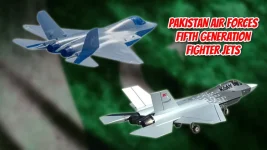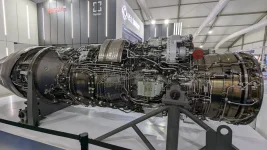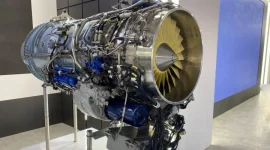- Views: 2K
- Replies: 5

India's ambitious Twin Engine Deck-Based Fighter (TEDBF) program has reached a critical milestone, receiving clearance from the Ministry of Defence (MoD) and currently under review by the National Security Council Secretariat (NSCS). This indigenous naval fighter program is poised to revolutionize India's carrier-based aviation capabilities, with the first flight targeted for 2028.
The Indian Navy has outlined a requirement for 145 TEDBFs to equip its planned three-carrier force. However, current projections focus on an initial batch of 87 aircraft, likely for deployment on the INS Vikrant and the future Indigenous Aircraft Carrier (IAC-2).
The TEDBF is designed to replace the aging MiG-29K fleet and fulfill the Navy's specific operational needs for carrier-based operations. It will be a multi-role fighter capable of air superiority, strike missions, and reconnaissance, ensuring compatibility with both STOBAR (Short Take-Off But Arrested Recovery) and CATOBAR (Catapult Assisted Take-Off But Arrested Recovery) configurations.
The program benefits significantly from synergies with the Advanced Medium Combat Aircraft (AMCA) project, sharing critical technologies such as avionics, radar, and weapons systems. This approach not only reduces development time but also optimizes costs by leveraging proven technologies.
The TEDBF's design has undergone refinements, drawing inspiration from the French Dassault Rafale in its delta-wing configuration. However, the TEDBF incorporates Diverterless Supersonic Inlets (DSI) for enhanced stealth and efficiency, distinguishing it from other contemporary naval fighters. The design is optimized for carrier operations with strengthened landing gear, folding wingtips for compact storage, and a higher thrust-to-weight ratio for short takeoffs and arrested landings.
The Indian Navy is actively collaborating with the Aeronautical Development Agency (ADA) on the TEDBF program. While formalities are being finalized, work is already underway on three prototypes of the Tejas Navy, funded by the Tejas program budget. These prototypes will serve as technology demonstrators and testbeds for critical technologies required for the TEDBF, including automatic landing and take-off features.

